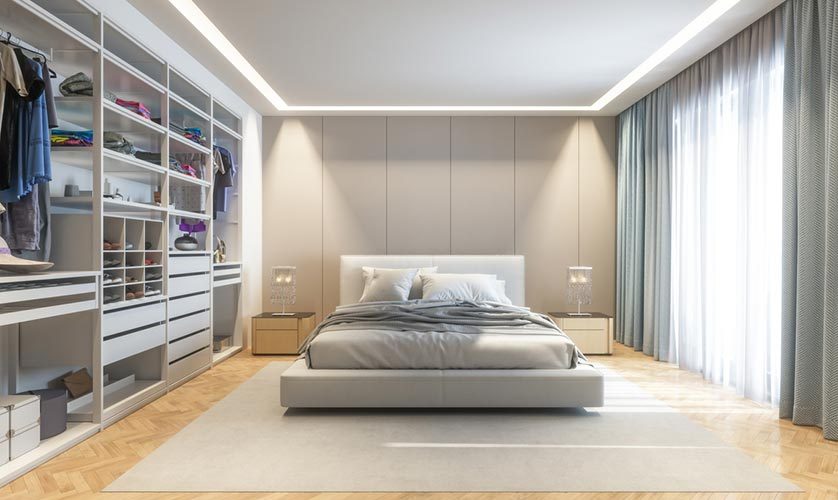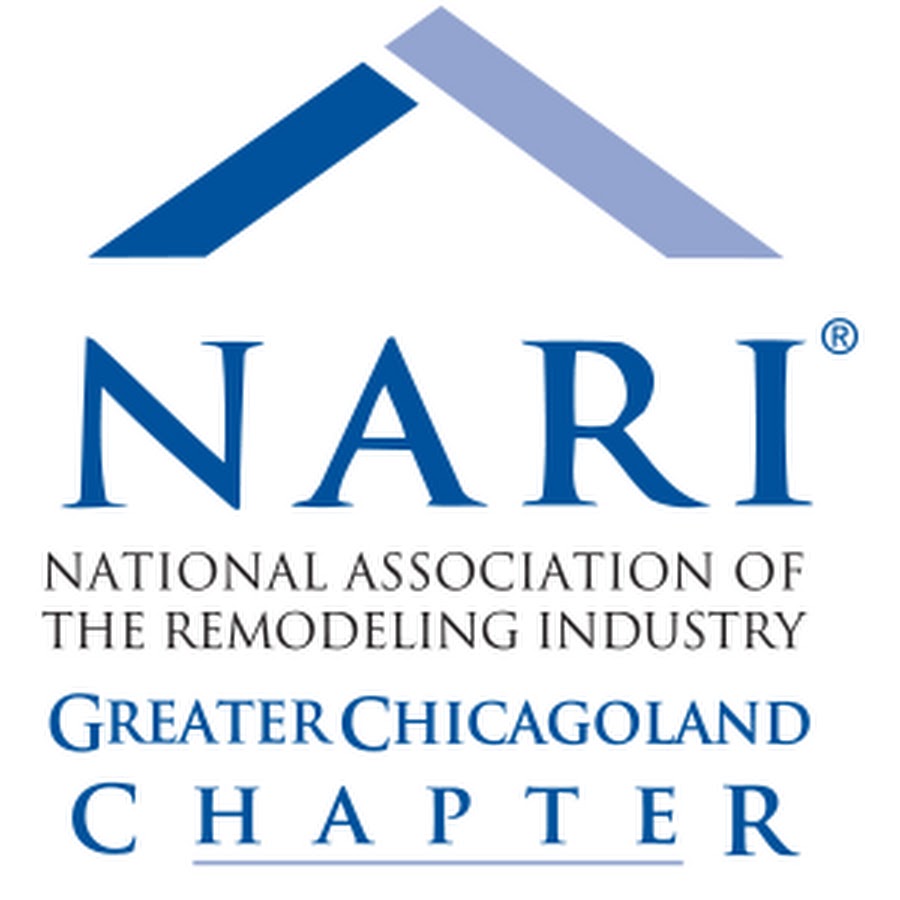
Incorporating the principles of accessible remodeling into your home improvement project ensures that everyone, regardless of mobility or age, can comfortably and safely use a room. An accessible design allows individuals with disabilities, injuries or other mobility challenges to maintain independence whilst being practical and aesthetically pleasing.
In this post, a trusted home remodeler shares tips for designing an accessible bedroom.
Ample Space for Movement
When planning an accessible bedroom, allocating sufficient space for easy movement is crucial. Ensuring a minimum of 42 inches for travel paths and between the bed and wall facilitates easy transfers from wheelchairs. The design should also employ strategic furniture placement to maximize open space and eliminate awkward angles, enhancing maneuverability for wheelchairs and other assistive devices.
Accessible Storage Solutions
In an accessible bedroom, storage should be within easy reach for individuals using wheelchairs or with limited mobility. Consider installing lower closet rods, lower shelves or pull-down rods for easy access to clothing and accessories. Additionally, dressers with extended handles and sliders facilitate easy drawer access, making day-to-day activities smoother.
Entryways and Door Mechanics
Transitioning smoothly into the bedroom is easier with wider doorways, which should ideally be 32 inches or wider. Lever-style handles that can be easily operated with minimal hand strength are also helpful. Alternatives like pocket doors, barn doors, or no door at all can also improve accessibility.
Suitable Flooring
Flooring selections play a vital role in an accessible bedroom. Smooth surfaces like hardwood, laminate, or tile are preferred over carpets, which can obstruct a wheelchair’s motion. If rugs are used, they should be low pile and securely anchored to prevent slipping and tripping hazards.
Smart Bedroom Features
Your general contractor may also recommend incorporating modern technology to enhance the usability of an accessible bedroom. Smart home devices that can control lighting, temperature and other electronics via voice or smartphone applications empower individuals with limited mobility by reducing the need to operate switches or dials manually.
Lighting for Visibility and Comfort
Aging eyes or visual impairments require special consideration when it comes to lighting. Employ a layering approach with ambient lighting complemented by task lighting—ideally dimmable near the bed for reading. Consider installing motion-activated low lighting under the bed for safety during nighttime.
Adjustable Bed Bases and Furniture
Adjustable bed bases cater to various needs and make getting in and out of bed easier. Furniture should be selected with functionality in mind. Consider the height of the bed and choose pieces that facilitate independence and comfort.
Let’s Start a Conversation!
At DreamMaker Bath & Kitchen of Orland Park, we specialize in creating beautiful and functional spaces tailored to your needs. If you’re considering accessible remodeling for a bedroom or other areas of your home, our team is more than ready to assist you. Call us at (708) 578-6832 or fill out our contact form to schedule a consultation. We serve homeowners in Tinley Park, Mokena, New Lenox, Homer Glen, Lemont and surrounding areas.








